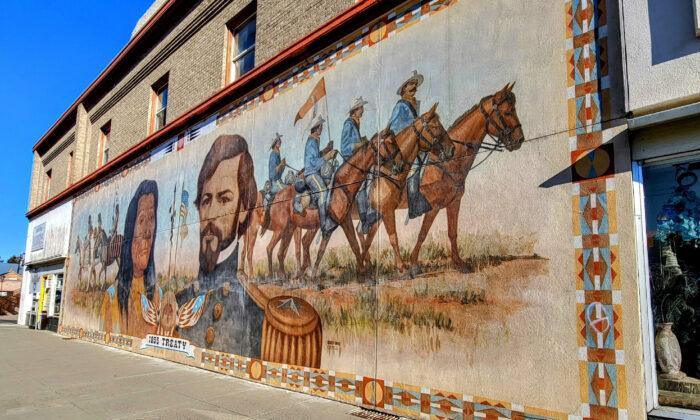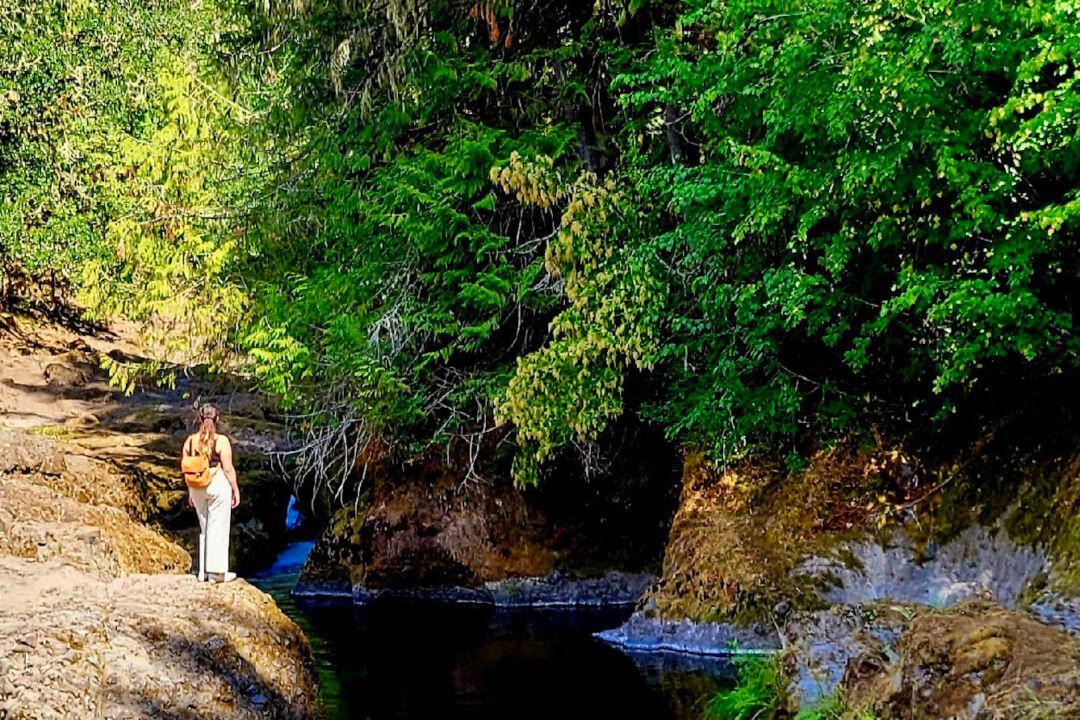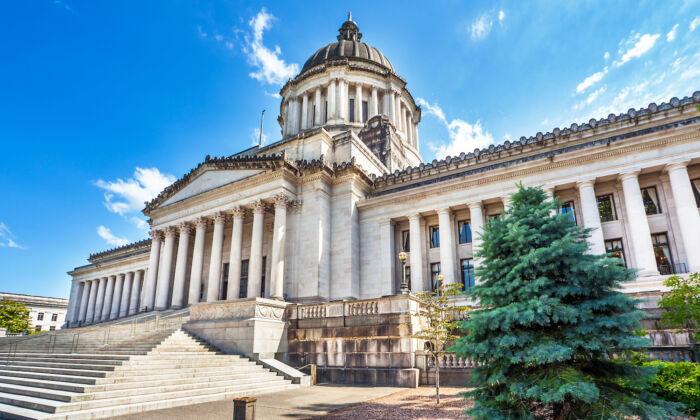It’s said that the first white men to enter the vast region of the Yakima Valley were members of the Lewis and Clark expedition of 1805. But to the Native American tribal peoples who had been hunting, fishing, planting, and gathering in the valley for thousands of years, Clark and his party were just tourists. How could they possibly envision a future propelled by the westward migration of settlers, the building of towns, the planting of vast tracts of land, the coming of the railroad, the highway, and a lot more tourists?
Yakima Valley Museum
If your visit to the valley is centered in the town of Yakima, begin at the Yakima Valley Museum. You certainly can’t go back any further in time than the museum’s unique standing forest of 15-million-year-old petrified trees. Covering two floors, the museum offers a multitude of exhibits, beginning with a painting that shows how in 1885 the original town of Yakima was literally rolled four miles on logs in order to link up with the newly laid tracks of the Northern Pacific Railroad.“How many apple crate labels do you think we have in our collection?” Susan Schar Duffin (the museum’s director of development) had me guess.
“Three thousand,” I said, sure I had to be close.
“We have 8,000 labels!”
Yakima Nation Cultural Center
On June 9 the members of the Yakama Valley Native American tribes will celebrate a key date on the calendar—the day the Yakama Nation Treaty was signed in 1855. This binding agreement with the American government guaranteed hunting and fishing rights for tribal members on the Yakama Reservation as well as the surrounding ancestral land, accounting for 1.3 million acres. Maintained under the watchful eyes of the confederated tribes’ 10,000 enrolled members, it is a document that is displayed with pride at the Yakima Nation Cultural Center in the town of Toppenish.Northern Pacific Railway Museum
Continuing on, you will enter the town of Toppenish with its distinctly Western flavor. The town’s effort to preserve and restore its rich trove of early 20th-century architecture is enhanced by more than 70 outdoor historical murals, including one that celebrates the 1855 treaty.In Toppenish you will also find the Northern Pacific Railway Museum. Housed in the preserved old depot, the museum showcases the station’s original furniture, memorabilia, train models, and artwork of the era designed to attract tourists to the great Northwest. The depot is also home to the museum’s collection of rolling stock, passenger cars, and several vintage Northern Pacific steam locomotives, all lovingly looked after by a corps of volunteers.





